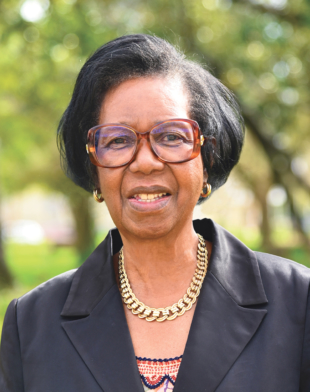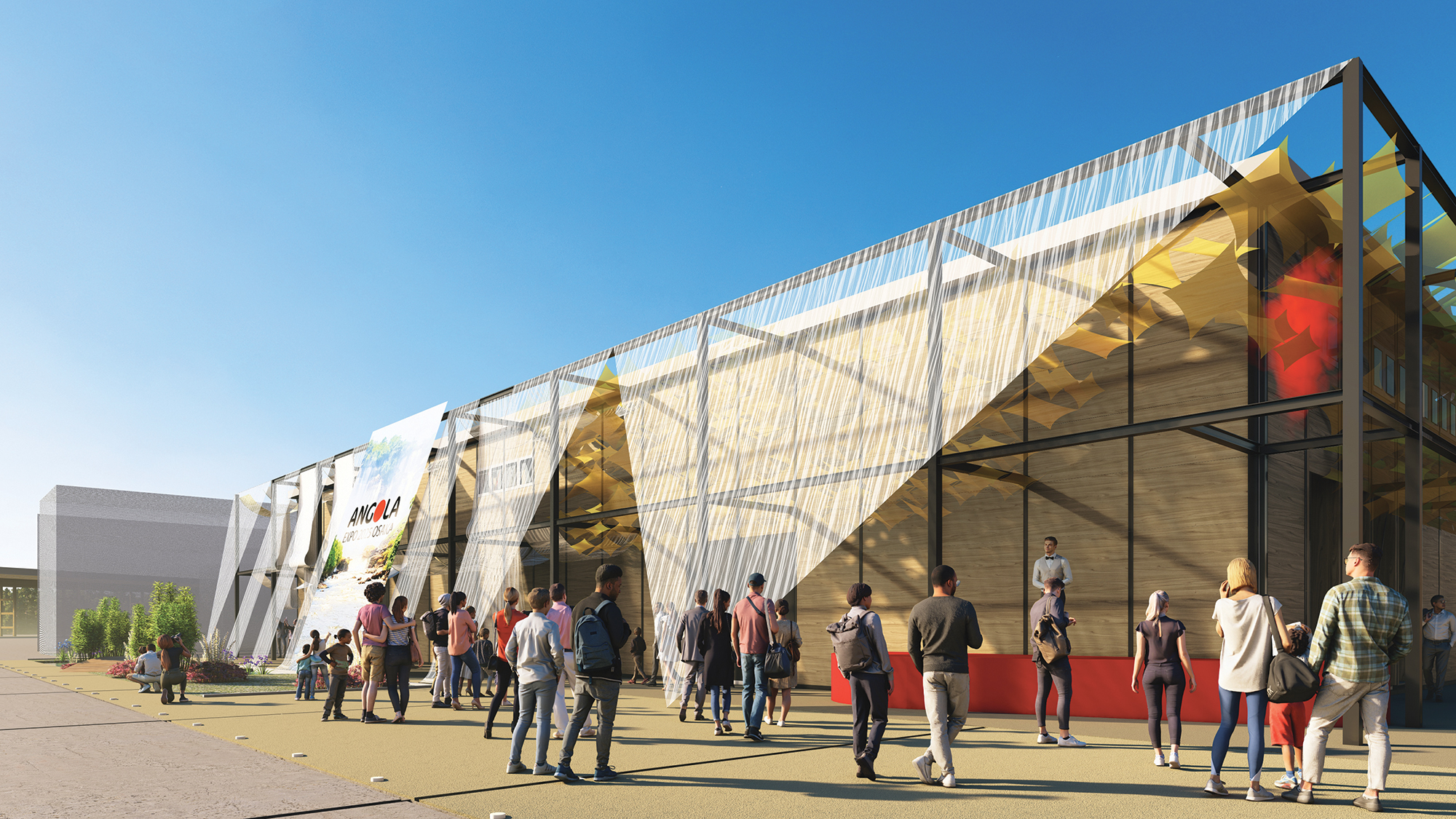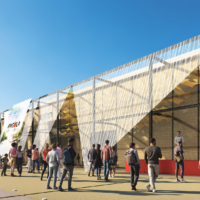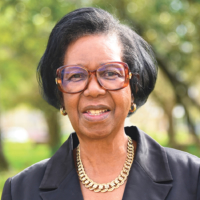Angola intends to pull out all the stops at the World Expo this year in Osaka.
“Building on the success of our previous pavilions at world expos, our goal for Expo 2025 is to draw a very large audience, share Angola’s culture and present many opportunities for investment,” said Albina Assis Africano, general commissioner for the pavilion of the vast southern African country.

“This marks Angola’s second participation in a world expo hosted by Japan, the first being in 2005 in Aichi, where we joined the African Pavilion. For 2025, Angola is taking a significant step forward with its own dedicated pavilion,” Africano added. “That reflects the progress the country has made and its ambitions in key areas, such as health, education, agriculture, technological innovation, tourism and the green economy. These sectors highlight the fact that economic, social and environmental transformations are underway in Angola, laying a solid foundation for partnerships and investment opportunities.”
The Aichi Expo took place in Nagoya, just three years after the end of Angola’s debilitating civil war. Since then, the country, which borders the Atlantic Ocean, Namibia, Zambia, Congo and the Republic of Congo, has been a beacon of peace and stability in its region. Angola’s wider transformation, however, started in 2017, when Joao Manuel Goncalves Lourenco was democratically elected as president. Lourenco inherited an economy that was totally dependent on oil, as well as a country with a poor climate for doing business and high levels of societal inequality.
Over the past seven years, his administration has introduced numerous reforms to strengthen and diversify the economy, bolster governance and improve the business environment. These include a new private-sector investment law that makes it easier and more advantageous for international entities to invest in the country, as well as legislation to encourage competition and the privatization of state-owned bodies.
Lourenco’s measures are working. According to the International Monetary Fund, Angola’s gross domestic product grew by 3.8% in 2024, reaching over $90 billion. A dynamic hydrocarbon sector is still the largest contributor to the economy, generating about 30% of GDP. Nonoil sectors are also expanding, particularly mining, agriculture, fisheries and services such as trade, transportation and logistics. Foreign direct investment is also on the rise and supporting diversification. In 2024, Angola’s oil industry received $9.7 billion in investment inflows, an 11.3% year-on-year increase, while investments into nonoil sectors rose 185% to $354 million over the same period.
This upward trend is likely to continue, with various industries offering opportunities for investors. These include the oil sector, with new exploration licenses being made available this year, and mining. Angola is one of the world’s biggest diamond producers, but its lands also contain extensive untapped deposits of many other in-demand minerals. Agriculture is another example, as only around 10% of its 86 million acres (34,803,000 hectares) of fertile land has been cultivated to date. Agricultural regions benefit from a climate that suits a wide range of crops and easy access to water flowing through the nation’s rivers. Those rivers also offer huge potential for aquaculture and hydroelectric power.
Expansion of the country’s mining and agricultural sectors, as well as food manufacturing and other export-focused industries, is being facilitated by investment in infrastructure. One notable illustration is the extension and modernization of the Lobito Corridor, a rail network connecting mineral-rich parts of Angola, Congo and Zambia with Angola’s Port of Lobito. New infrastructure is also supporting growth in tourism. For instance, a new airport with the capacity to handle 15 million passengers a year has recently opened in Luanda, Angola’s capital. This will enable many more visitors to discover the nation’s wealth of natural, cultural and historical treasures.
Japan has been a crucial partner in nurturing Angola’s ongoing development. The two countries have shared a friendly diplomatic relationship since 1976, the year after the African nation gained its independence from Portugal. However, bilateral connections stepped up a gear when Lourenco became president. Various high-level meetings have taken place since then, including a state visit by Lourenco to Japan in 2023. Among other things, this led to the Japan-Angola Investment Agreement, which came into force in 2024 and seeks to liberalize, promote and protect investments between the two nations.
Over the years, the Japanese public and private sectors have been core contributors to Angola’s advances in health, infrastructure, agriculture, education, training, information and communication technologies, energy and other fields. At the moment, for instance, the Japan International Cooperation Agency is helping the country expand its electricity transmission system, Toyota Tsusho Corp. is transforming Angola’s Port of Namibe in a project valued at about $700 million, and Toyo Engineering Corp. has just been awarded a contract to supply urea technology to a planned fertilizer plant, which will be one of the world’s biggest urea-based fertilizer facilities.
One key platform for fostering bilateral relations has been the Tokyo International Conference on African Development. “Angola has seen significant benefits from TICAD, particularly in areas such as training, infrastructure and humanitarian assistance. These efforts have played an important part in strengthening Angola’s human capital,” Africano said.
The ninth edition of TICAD will take place in Yokohama in August and Japan will co-chair the conference with Angola, which currently holds the presidency of the African Union. “TICAD 9 and Expo 2025 provide Angola with a unique platform this year. The Angolan delegation plans to use these events to build partnerships, encourage trade and investment and connect business leaders from both nations,” she said.
Angola is participating under the sub-theme “Saving Lives” at the expo. Africano explained: “This reflects the critical role education and health have in shaping a brighter, healthier future for the Angolan people. Our focus is on improving health and quality of life through education and by combining traditional practices with modern science and technologies. The pavilion will also emphasize the value of preserving cultural heritage and advancing sustainable development.”
Africano is looking forward to the next six months in Osaka. “I extend my warmest greetings to the organizers of this extraordinary event and to all my fellow commissioners, with whom I have built strong bonds of friendship and collaboration. This spirit of unity captures the essence of the expo as a global event, one that encourages learning, sharing, cooperation and the celebration of cultural diversity,” she said. “I welcome everyone to the Angola Pavilion at Expo 2025!”
https://info.japantimes.co.jp/international-reports/pdf/20250428-GI-Angola.pdf
https://global-insight.net





